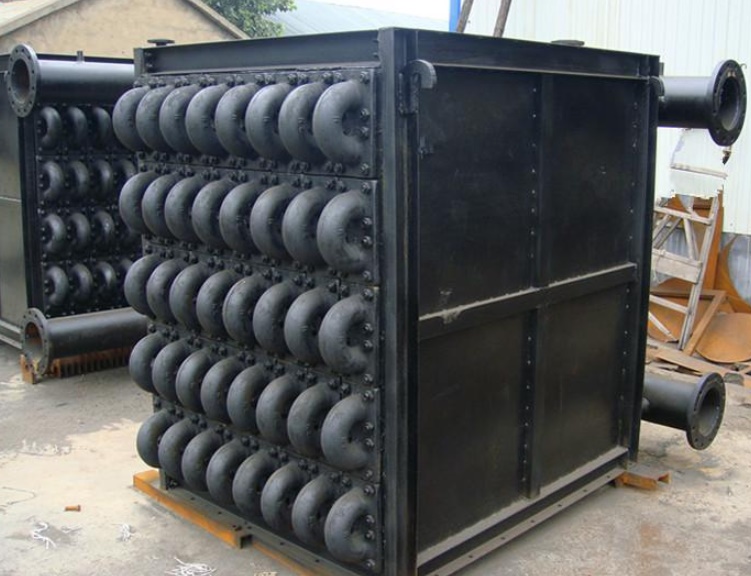What is cast-iron gilled tube economizer?
A cast-iron gilled tube economizer is a heat exchanger used in boilers to increase their thermal efficiency. It consists of a series of tubes made of cast iron, with fins or gills attached to the outside of the tubes. The gills increase the surface area of the tubes, which allows for more heat transfer to occur.
The economizer works by preheating the water that enters the boiler using the heat from the flue gases that are leaving the boiler. The water flows through the tubes, which are heated by the hot gases passing over them. This preheated water then enters the boiler, reducing the amount of fuel needed to heat the water to the desired temperature.
Cast iron is a popular material for gilled tube economizers due to its durability and resistance to corrosion. The gills on the tubes increase the surface area of the tubes, which increases the amount of heat that can be transferred from the flue gases to the water. This increased heat transfer results in a more efficient boiler, which can save energy and reduce operating costs.
More details about cast-iron gilled tube economizers:
1. Cast iron is a popular material for gilled tube economizers because it is relatively inexpensive, easy to manufacture, and can withstand high temperatures without deforming.
2. Gilled tube economizers are typically used in large industrial boilers, such as those used in power plants, chemical processing plants, and refineries.
3. The efficiency of a gilled tube economizer depends on several factors, including the design of the tubes and fins, the temperature difference between the flue gases and the water, and the flow rate of the water.
4. Gilled tube economizers can be designed for different types of boilers, including fire-tube and water-tube boilers.
5. In addition to improving boiler efficiency, gilled tube economizers can also help to reduce emissions by lowering the temperature of the flue gases that are released into the atmosphere.
Overall, cast-iron gilled tube economizers are an effective way to increase the efficiency of large industrial boilers and reduce energy costs.

Comments
Post a Comment